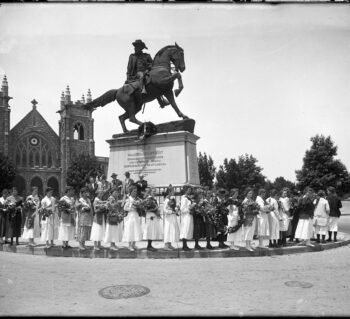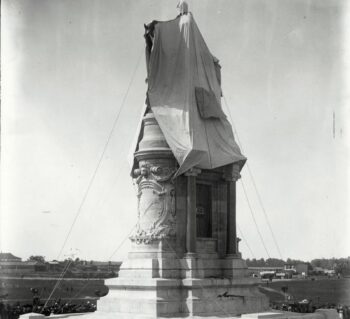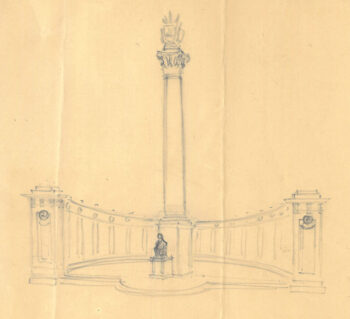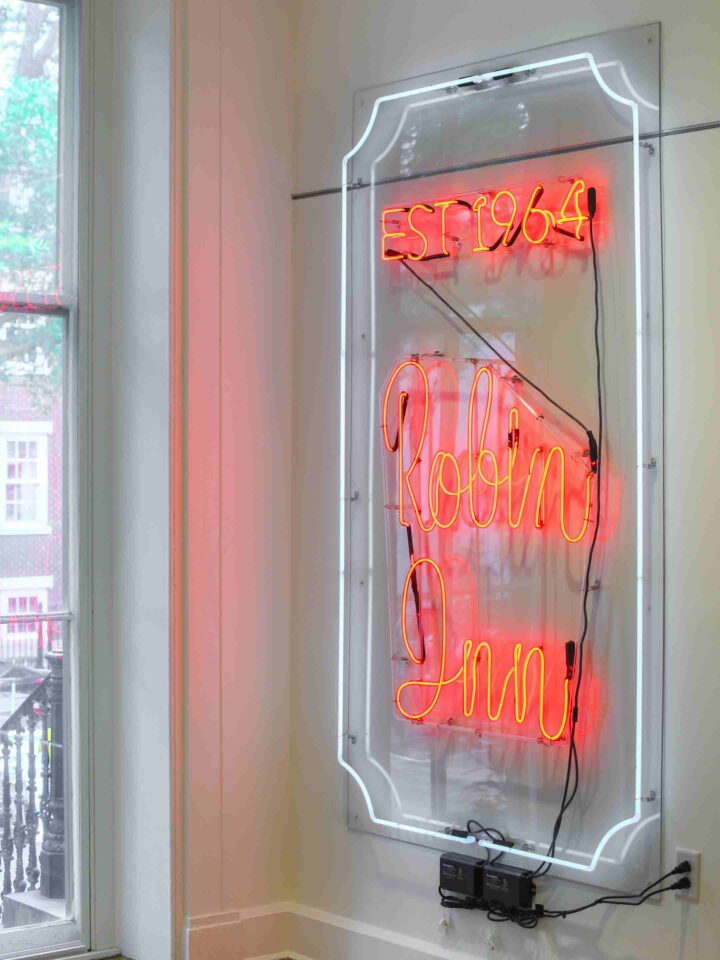
Monument Avenue: Matthew Fontaine Maury Monument
In December 1912, nearly 40 years after Matthew Fontaine Maury (1806-1873) died, Richmonder Gaston Lichtenstein authored a letter to the editor that “the capital of his own State ought to take pleasure in erecting a statue to his memory.”
By Christina K. Vida
Elisa H. Wright Curator of General Collections
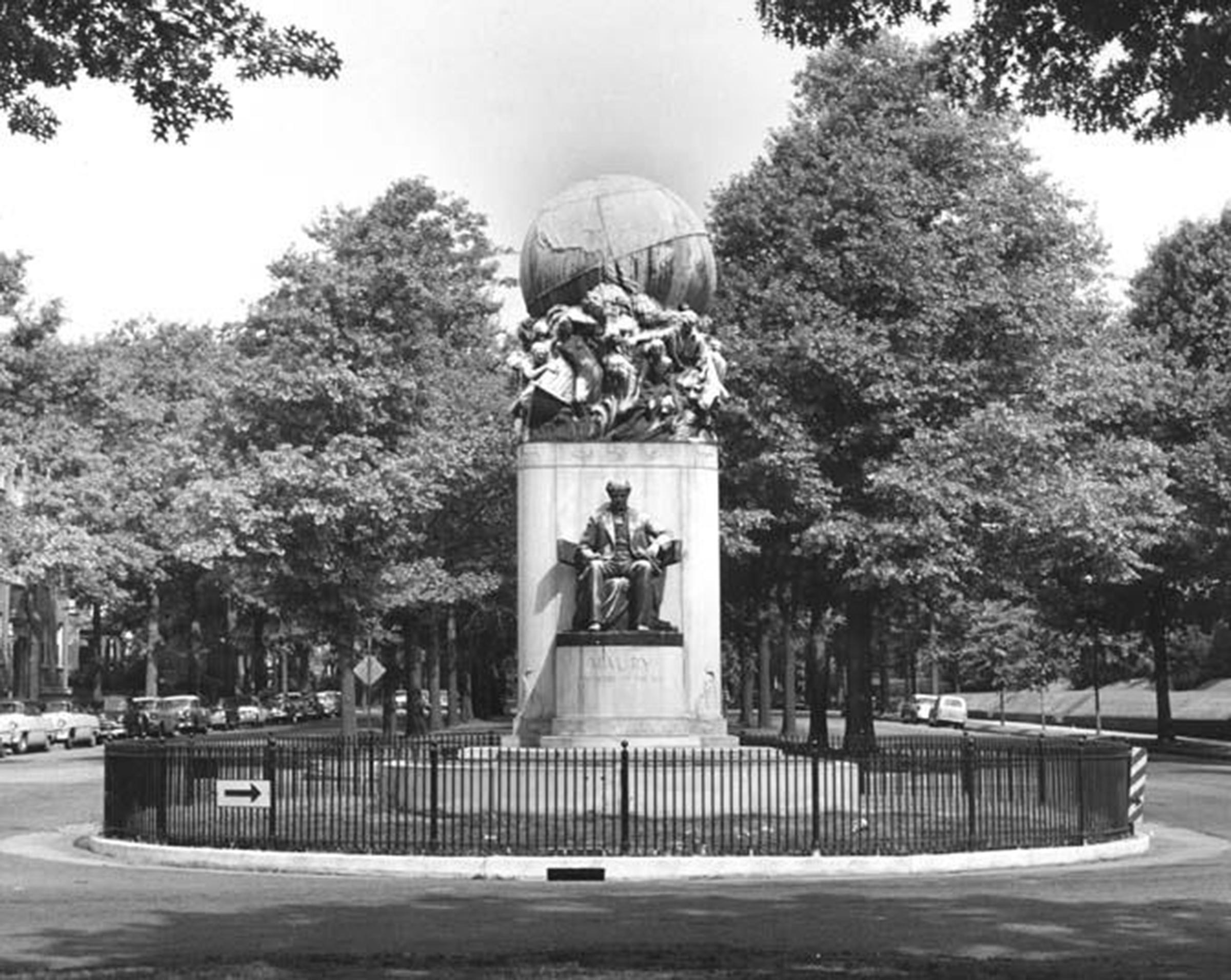
Lichtenstein had been inspired by seeing Maury’s name displayed at the Seaman’s Institute in Hamburg, Germany. The Matthew Fontaine Maury Association organized in 1915, but the United Daughters of the Confederacy took over fundraising efforts in 1920. They selected Richmond sculptor Frederick William Sievers and filled the 1922 cornerstone box with “a tiny Confederate flag” from every division of their ranks.
Although Maury’s service in the Confederate Navy was not specifically detailed on the monument, his oceanic and meteorological accomplishments are visually represented in the bronze globe surrounded by allegorical figures representing “a storm raging on land and sea, encircling the earth.”
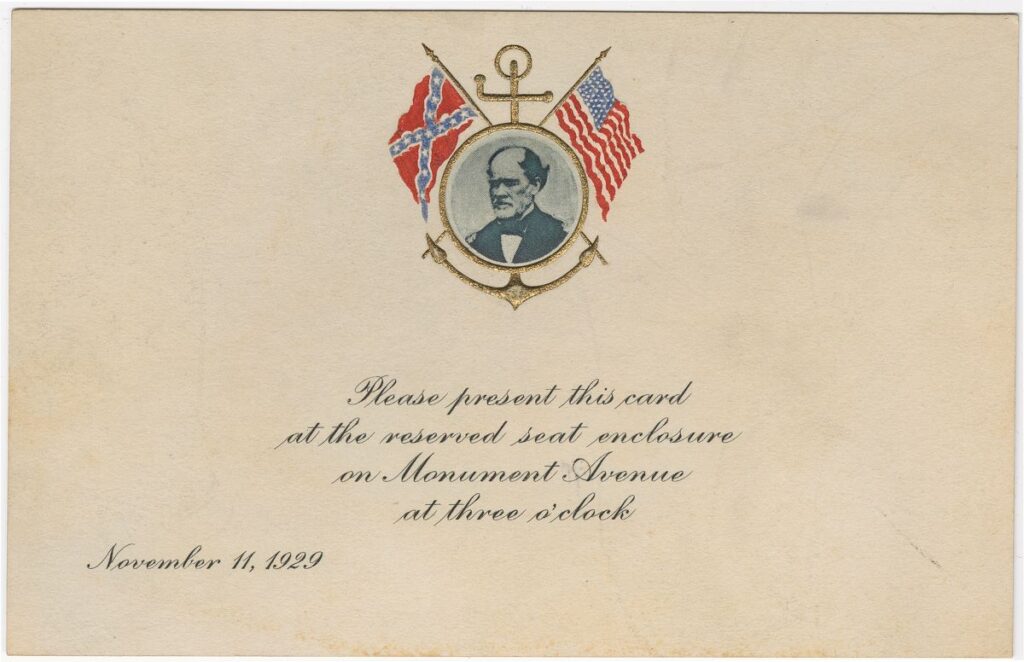
The last major Confederate monument erected on Monument Avenue, the UDC and Maury Association unveiled the monument on Armistice Day, November 11, 1929, signaling the start of a new era of the Lost Cause mythology.
Sixty-four years after Union victory in the Civil War and a decade after American victory in the Great War, many white Southerners equally embraced their Confederate heritage and their American patriotism.
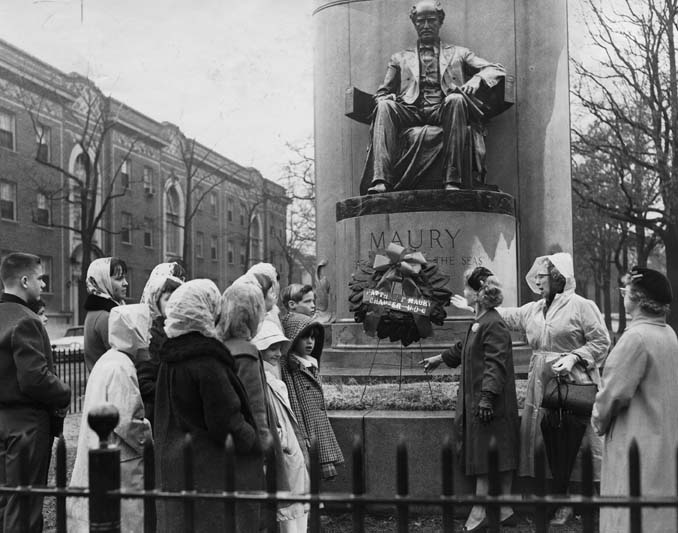
During the 20th century, Maury never became a household name or figured prominently in Civil War histories. Similarly, the monument did not generally attract protestors as it lacked visible Confederate symbols, but it was still considered part of the city’s Confederate backdrop.
In the late 1970s, after the City of Richmond elected a majority Black city council and selected its first Black mayor, Henry L. Marsh III, the city’s political leaders still did not seek to remove the monuments.
Interviewed about them in 2020, former City Councilman Chuck Richardson noted that “at that time we had such a plate full of issues – housing, transportation education, unemployment, that the statues were not on the top item of our plate.”
Willie Dell, the City’s first Black councilwoman also recalled, “Robert E. Lee is dead. It ain’t him I got to worry about. It’s the racist living and sitting across from me at Council.”
But in 2020, Maury’s Confederate service drew the ire of spray-paint-laden social justice advocates. The bronze elements came off on July 2, 2020, and Team Henry removed the pedestal in February 2022.
Sources
- Lichtenstein, Gaston. “Statue of Commodore Maury.” The Times-Dispatch, December 26, 1912, pg. 4.
- “In Honor of Maury,” Richmond Times-Dispatch, May 12, 1915, pg. 7.
- “Matthew Fontaine Maury Monument Corner-stone to be Laid Thursday.” Richmond Times-Dispatch, June 20, 1922, pg. 22.
- “2,500 Men in Uniform will March Here Monday.” Richmond Times-Dispatch, November 10, 1929, pg. 27.
- “City Today to Witness Impressive Ceremonies.” Richmond Times-Dispatch, November 11, 1929, pg. 1.
- Vozzella, Laura. “Richmond removes second Confederate statue, of Matthew Fontaine Maury,” Washington Post, July 2, 2020, https://www.washingtonpost.com/local/virginia-politics/richmond-maury-statue-removed/2020/07/02/f71ac96e-bc67-11ea-bdaf-a129f921026f_story.html.
- Interviews with Chuck Richardson and Willie Dell, How The Monuments Came Down, VPM, 2021, https://www.vpm.org/how-the-monuments-came-down.
- Min, Daniel S. “The Matthew Fontaine Maury Monument,” Richmond Times-Dispatch, February 1, 2022, https://richmond.com/the-matthew-fontaine-maury-monument/image_2ca7318a-41d6-5826-a169-21b1ff703a90.html.
Need to cite this?
| Authors | Christina K. Vida |
|---|---|
| Work Title | Monument Avenue: Matthew Fontaine Maury Monument |
| Website | https://thevalentine.org |
| Published | October 3, 2023 |
| Updated | May 24, 2024 |
| Copyright | © 2024 The Valentine Museum |
